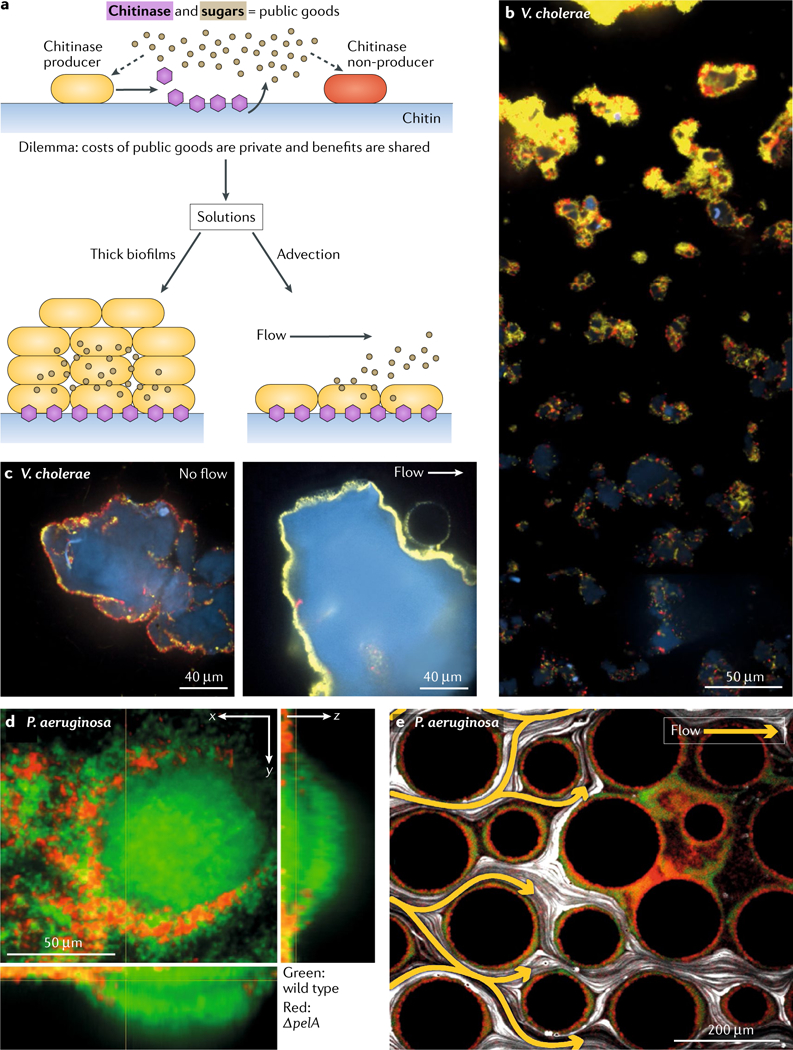Fig. 4 |. Quorum sensing and the public goods dilemma.

a | Chitin degradation represents a public goods dilemma70. Chitinase producers (yellow in parts a–c) secrete chitinase enzymes (purple hexagons) that degrade the chitin polymer (light blue in parts a–c) into soluble N-acetylglucosamine oligomers (tan circles in part a), which can be imported and catabolized by both chitinase producers and chitinase nonproducers (red in parts a–c). b | In static liquid culture, Vibrio cholerae chitinase producers that compete against chitinase nonproducers on chitin make thick biofilms and outcompete the nonproducers. c | Similarly, chitinase nonproducers fail to accumulate biomass when soluble products of chitin degradation are washed away by flow (right), whereas they can exploit the public good in the absence of flow (left). d | Matrix production confers a competitive advantage to wild-type Pseudomonas aeruginosa (green) over a ΔpelA non-matrix producing mutant (red) in biofilms under flow conditions. The images show that wild-type bacteria contribute to the main biofilm biomass, while the ΔpelA mutant cells are excluded. e | The Pel-deficient P. aeruginosa mutant (red) can occupy locations protected from flow owing to local clogging by wild-type P. aeruginosa (green) biofilm streamers. White lines indicate bead tracks monitoring flow; yellow arrows highlight flow trajectories. Parts a–c are adapted with permission from REF.70, Elsevier. Parts d–e are adapted from REF.72, CC-BY-4.0.
